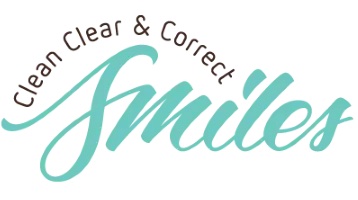Blog

Learn more about our orthodontics class
Dr Katyal’s Publications, GeneralWhether you have gapped teeth or major teeth alignment problems. When it comes to identifying these issues, there’s nothing an experienced orthodontist can’t fix to help you get the perfect smile. They have years of training and technologies necessary to accurately diagnose all types of dental problems to ensure you with the best treatment plan. However, it depends on the orthodontic classification of your teeth. Orthodontic malocclusions are classified based upon the position of the teeth and the alignment of the jaw. If the question “What are the classes of orthodontic treatments?” pops up in your head, then you are in square one of your journey toward better oral health.
Class Orthodontics I
In the first Orthodontics class, there is a normal balance between the relationship of the upper teeth and lower teeth, well-positioned jaw and balanced bite. No problems or issues can be detected that might affect the oral health. Still, you may still experience crooked teeth and spacing problems. Class 1 orthodontic treatment usually focuses on straightening teeth, using braces or invisalign.
Class Orthodontics II
In this case, malocclusions are usually more intensified. The upper teeth project further than the lower teeth and jaw. This is an abnormal relationship where the lower teeth and jaw won’t get as far as the upper teeth do. This type of misalignment can cause tooth grinding and jaw soreness. This might stem from the overgrowth of the upper teeth or the insufficient growth of the lower jaw. In many cases, class 2 is usually genetically inherited or can be caused by past occurrences such as finger sucking. The treatment may only involve aligners combined with fixed appliances. In more severe cases, surgery may be required. It’s never too late for a clinical examination, so that your orthodontist will determine the best course of treatment.
Class Orthodontics III
In class 3 orthodontic cases, the lower teeth and jaw project further than the upper teeth. This results in the upper teeth having less projection than the lower teeth and jaw. One might experience problems like chewing difficulties, tooth decay, and sleep apnea. Just like class 2, this can be due to genetics. These cases are the least common and most complex to treat. The first step is to get x-rays on your teeth and jaw, so that your orthodontist can personalise the treatments you need according to the severity.
Now that you’ve gained more insight on the orthodontic classification of your teeth, you are one step closer to getting your dream teeth.








